How did we do it?
The first step was to define the topic. We wanted something that would stimulate the students’ imagination and evoke images of memories. After that, we started discussions and brainstorming the topic. From the ideas, we selected the ones that attracted the most interest from the students (e.g. specific flying animals, wings as a form, flying in a technical sense, soaring imagination, etc.).
An important step was making the sketches. We were mainly thinking in 2D, so that the various painting and graphic procedures/techniques would be highlighted.
Tools and materials we used:
-
watercolor – on watercolor paper
-
acrylic on canvas
-
felt-tip pen, pencil
-
charcoal
-
mixed techniques
-
playdough
-
embroidery thread
With the little ones (1-3 grades) we started out by basing the process on a specific tale or an experience of their own, which was about flying (on a plane) or space travel. Then we were looking for an exhibition space for the completed works. We promoted the event on Facebook and Instagram and brought the works into an exhibitable form (framing, installation).
Impact of programme
Many students took part in the action with great enthusiasm. We also managed to involve children who, although not outstandingly talented in visual creation, became inspired by the theme, the personal experience or the techniques used. The works of several children with autism or learning difficulties were thus exhibited.
The children worked together in groups and helped each other through the process. Examples of this were children helping each other out with the idea-development or by noticing a peer’s technical hurdle and helping that person out.
Reflections: what did we as professional adults learn? What worked and what can pe improved upon?
-
Tasks need to be better distributed. More time should be devoted to certain subtasks (e.g. organizational work).
-
Many students have been able to get involved, but we would like to involve even more.
-
The choice of topic is a determining factor, but it is also important what kind of techniques we offer for the students. They showed great enthusiasm in trying out new techniques that were not yet known or had only been tried once or twice.
-
The way of working must also be chosen well. Some students like to work under control or with help, some can better concentrate just left alone in the task.


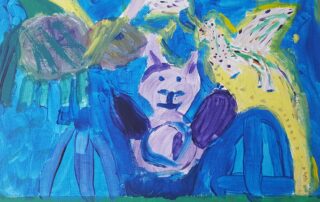
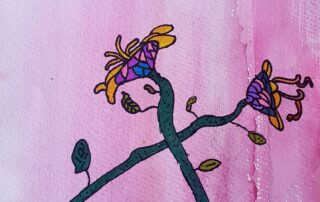
















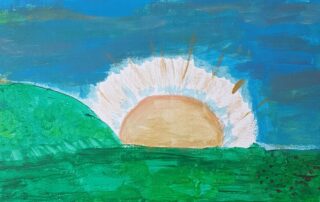

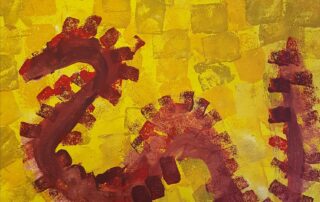

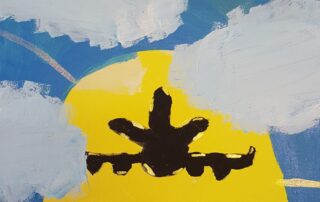







Leave A Comment